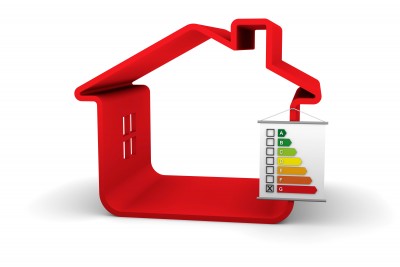Heating Tips For Cold Montgomery Moring
Monday, January 11, 2010
Baby, it’s cold outside! January has started out to be among the coldest on record. Below are tips for keeping warm and saving energy recommended by the U.S. Department of Energy's Energy Savers Consumer Tips Web site and their Energy Savers booklet PDF.
 Use Furnaces and Heaters Wisely
Use Furnaces and Heaters Wisely
- Set your thermostat as low as it is comfortable. Each degree you lower your thermostat can cut your heating costs between one and three percent. A common strategy is to lower thermostat settings to 68 degrees. The lower you set it, the more you'll save.
- Turn your thermostat down 10 to 15 degrees during your sleeping hours or while you’re away, to save even more on your heating bill.
- Use a programmable thermostat with your furnace to adjust the setting while you sleep or no one is home.
- Clean or replace filters on furnaces once a month, or as needed.
- Clean warm-air registers, baseboard heaters, and radiators as needed; make sure they’re not blocked by furniture, carpeting, or drapes.
- Place heat-resistant radiator reflectors between exterior walls and the radiators.
- Bleed trapped air from hot-water radiators once or twice a season. If in doubt about how to perform this task, call a professional.
Weatherize - air leaks waste energy dollars year-round
- Caulking and weatherstripping keeps warm air in during the winter.
- Add insulation around heat ducts when they are located in unconditioned spaces such as attics, crawl spaces, and garages.
- If you see holes or separated joints in your ducts, hire a professional to repair them.
- Check to see that your fireplace damper is tightly closed, when it is not in use.
- During the heating season, keep draperies and shades on south-facing windows open during the day to allow sunlight to enter your home, and close them at night to reduce the chill from cold windows.
For Long Term Savings:
- If your furnace is old, the new energy efficient models can help you save on heating bills. Your contractor should be able to give you energy fact sheets for different types, models,
and designs to help you compare energy usage. Look for the ENERGY STAR®. - Adding insulation and sealing air leaks help your energy performance in the wintertime by keeping the warm air inside.
Everyday Tips to To Save Energy
These no-cost or low-cost tips are easy ways to save energy and money all year round.
- Replace incandescent bulbs with compact fluorescent lights.
- Air-dry dishes instead of using your dishwasher’s drying cycle.
- Use a microwave oven instead of a conventional electric range or oven.
- Turn off your computer and monitor when not in use.
- Plug home electronics, such as TVs and VCRs, into power strips and turn power strips off when equipment is not in use.
- Lower the thermostat on your hot water heater; 115° is comfortable for most uses.
- Wash only full loads of dishes and clothes.
Many of these same tips are also applicable to savings on summer cooling costs.










